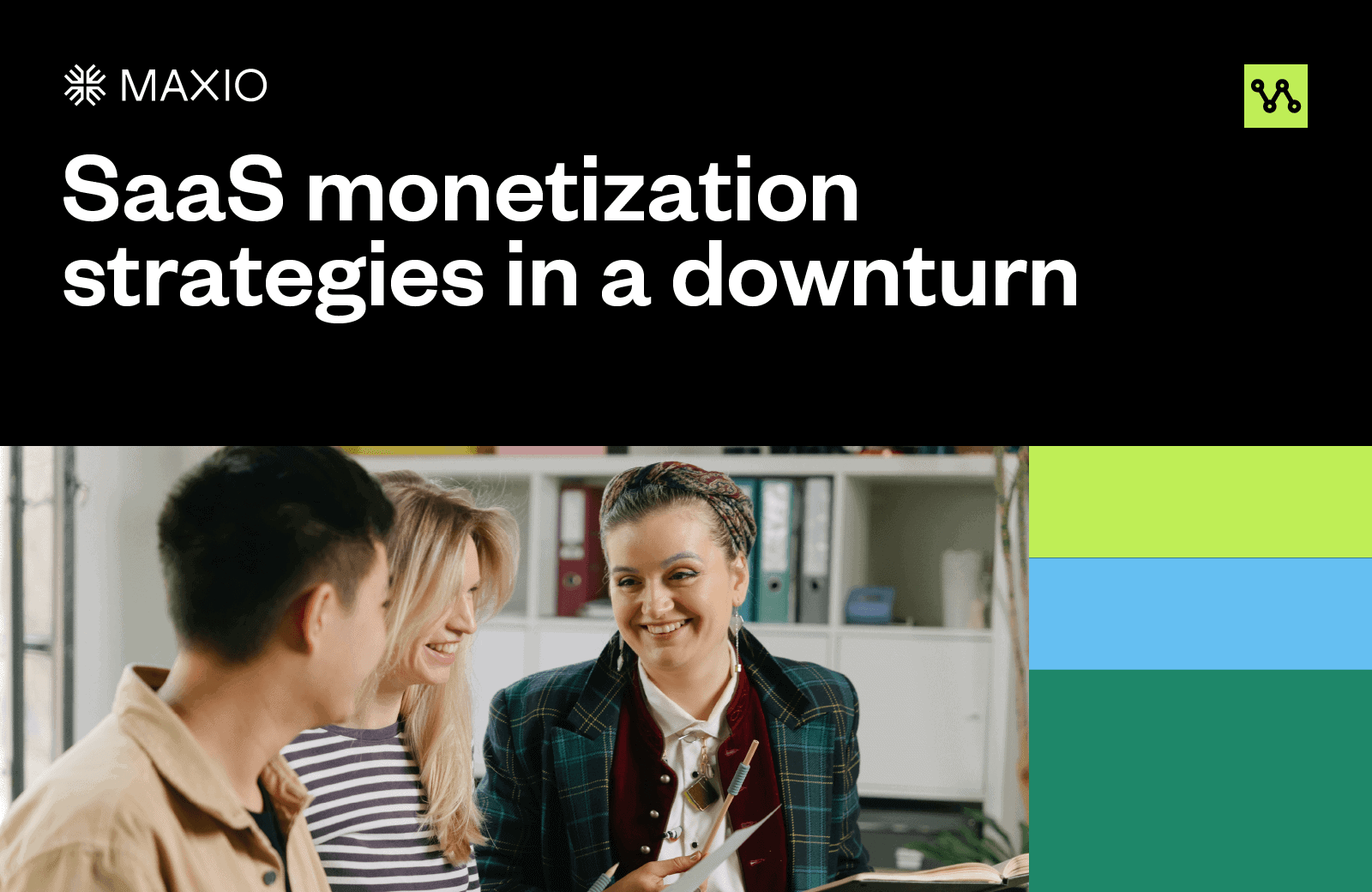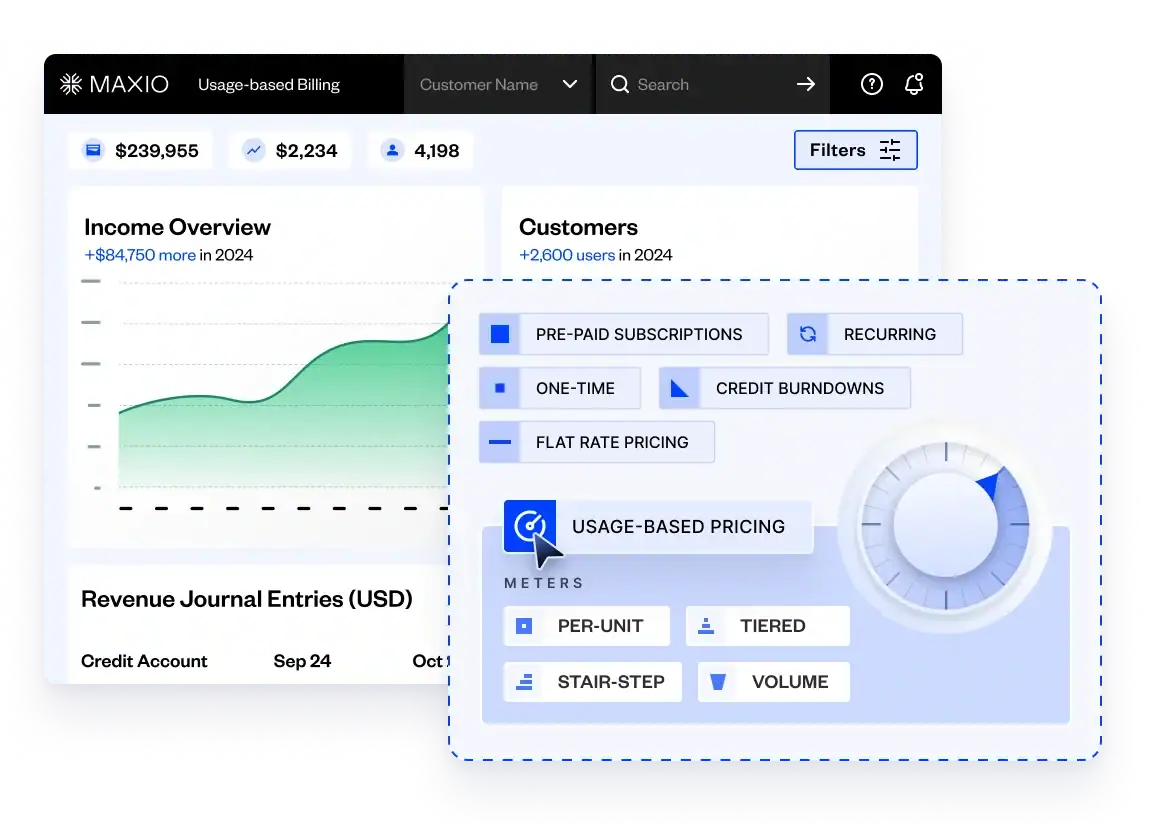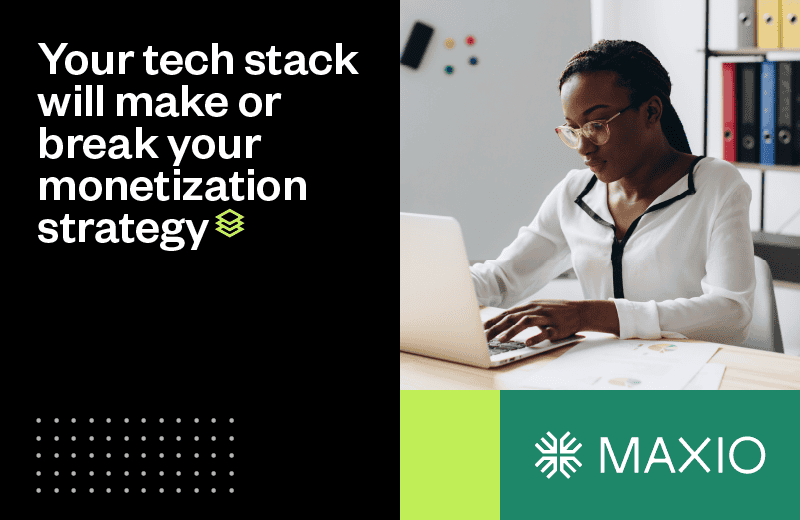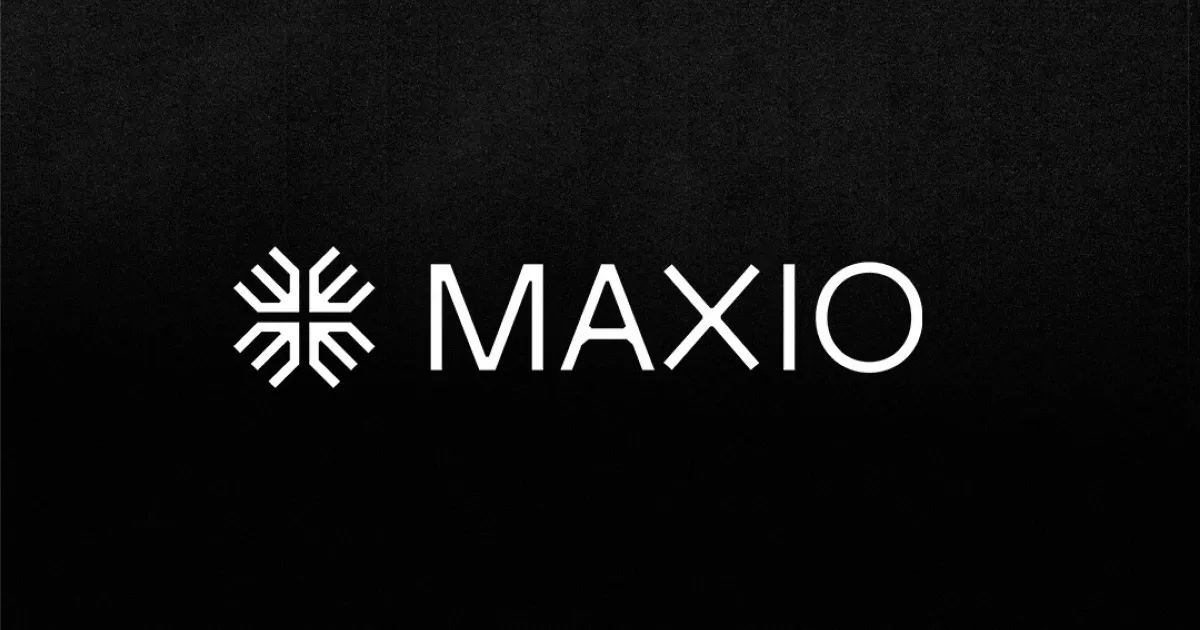What would happen if SaaS companies tapped the brakes on the growth train and re-prioritized monetization?
In a study of 512 SaaS companies, Profitwell found that a 1% increase in pricing yielded an 11% increase in profit. Those numbers don’t lie. Monetization has the largest impact on your bottom line by far when compared to acquisition and retention.
By implementing a monetization strategy, you can capture the full value of your SaaS and uncover hidden revenue opportunities in your organization.
Here are the five key components you need to build a successful SaaS monetization strategy.
What is a SaaS monetization model?
A monetization strategy is a plan that aims to generate revenue from your products and services. This definition is perfectly fine on its own, but it doesn’t provide much context on how to go about building a monetization model to support your revenue goals.
To enable your monetization strategy, you need to build a solid model to support it.
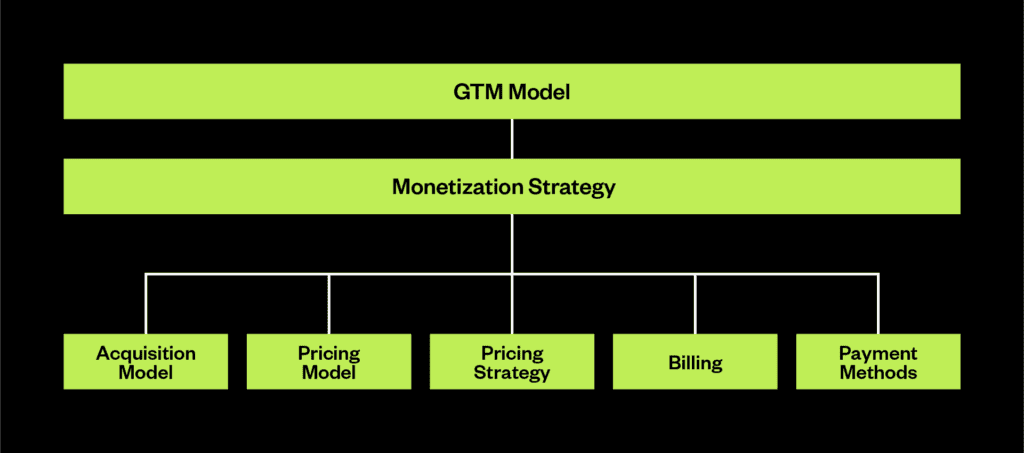
Let’s break down the hierarchy of the monetization model:
- GTM model: how you acquire customers (product-led vs. sales-led)
- Pricing model: how your product is sold (subscription vs. usage-based pricing, etc.)
- Pricing strategy: the amount you’ll charge (premium vs. competitor-based vs. penetration pricing)
- Billing model: your chosen billing methods (self-service vs. invoice), frequency (monthly vs. quarterly), and contract terms (up-front vs. in arrears)
- Payment methods: how your customers pay (credit cards vs. ACH)
These are the building blocks that prop up your monetization strategy and allow you to capture the full value of your SaaS. Here’s how they work.
1. Reaching ideal customers through your GTM
Your GTM model is much more than how you position your company in the market—it’s the greatest contributing factor to how you’ll monetize your SaaS. For example, many product-led SaaS companies focus their acquisition efforts downmarket and eventually introduce a sales-led motion to move upmarket and service enterprise-level accounts.
Without a GTM strategy that properly addresses your target market, your monetization efforts will suffer. After all, if your customers can’t understand how you help solve their problems, why should they purchase your SaaS?
Once you’ve decided how you’re going to engage with your buyers, you can turn your attention toward your pricing strategy.
2. Turning your pricing strategy into a competitive advantage
Your pricing strategy is the second-greatest contributing factor to your monetization model. How you price your SaaS isn’t just a way to capture value; it can also uniquely position you in the marketplace.
For example, some startups may initially set their prices low to draw in new customers—this is commonly known as penetration pricing. Or, you could take the totally opposite approach and set your list price high to signal that your SaaS is greater in value than your competitors. Naturally, this strategy is referred to as premium pricing.
Your pricing strategy should connect the dots between the amount you charge and what your customers value.
3. Choosing the right pricing model to capture value
If your pricing strategy tells your customers how you value your SaaS, your pricing model is how you capture that value.
According to James Wilton, Managing Partner at Monevate, software companies create massive value but only capture a small portion of it because there are so many revenue leaks that occur naturally in the pricing process.
The main culprit? An ineffective pricing model.
Your pricing model should be a natural extension of your GTM strategy. For example, many product-led SaaS companies include a freemium offer in their pricing plan to build their user base and upsell/cross-sell to those users later on.
4. Enabling flexible payments through billing
Your billing methods (self-service vs. invoice), frequency (monthly vs. quarterly), and contract terms (up-front vs. in arrears) all play a critical role in your monetization strategy. Specifically, your billing process determines the speed of your cash inflows and outflows.
For example, if you choose to bill customers on a monthly basis (a common practice with product-led companies), your monthly cash flow becomes dependent on them paying their invoice on time each month. With this in mind, early-stage companies should test different billing models and frequencies to see what works best for both their customers and their balance sheet.
For example, during a market downturn, a customer may want to reduce their billing frequency to ensure they’ll have enough cash in hand to continue paying for your service. This is where the lines between monetization and retention begin to blur. If you can’t meet your customers’ billing expectations, they’ll inevitably churn.
5. Providing multiple payment options to customers
Yes, even your payment options play an important role in your SaaS monetization strategy.
For example, offering in-house payments to customers eliminates the need to connect to a third-party payment provider and reduces the overall complexity of your billings and collections process.
Offering multiple payment options also allows you to accept remittances through market-appropriate methods such as credit card and ACH. Offering ACH as a payment method is also a huge value-add for your enterprise customers who want an extra layer of security during the payments process.
The role of FinOps in SaaS monetization
Once you have all the individual parts and pieces of your monetization strategy figured out, what’s next? It’s not enough to understand what goes into building a monetization model—you need the tools to help you execute it.
At Maxio, we’re creating the first true one-stop SaaS FinOps platform—a financial operations platform that founders and SaaS executives can deploy quickly to gain visibility and control over every aspect of their company’s monetization strategy.
Now, as we continue to spread the good word about monetization, we’re highlighting one of the most powerful tools SaaS leaders can add to their monetization plan: usage-based pricing.
In partnership with The SaaS CFO and RevOps Squared, we surveyed 490 SaaS professionals to better understand how usage-based pricing fits into a B2B SaaS monetization model. In this report, we share the data we gleaned along with commentary from SaaS across the industry.
Get the full usage-based pricing report here.


